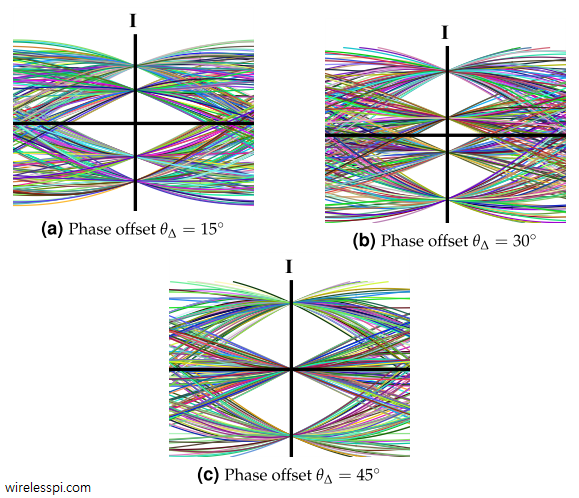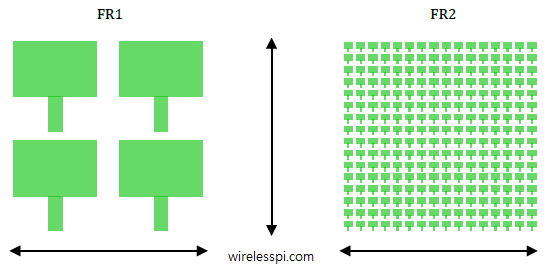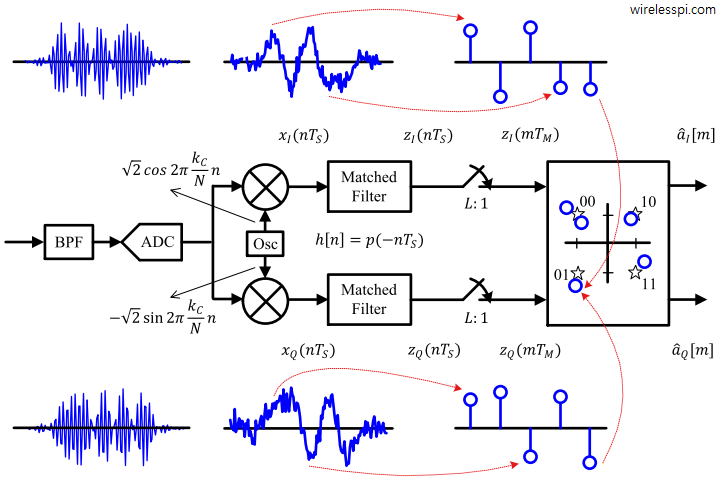At the beginning, the history of wireless communication revolved around analog communication systems for several decades. Amplitude Modulation (AM) and Frequency Modulation (FM) were the most widely used techniques during this time. Gradually, however, a transition towards digital transmission occurred in wireless systems as well, a phenomenon that was in sync with digital revolution in the society as a whole. So what are the main benefits of digital technology that made it much superior to its analog counterpart? Let us analyze some of them below [1]. Performance Analog signals suffer from distortion and noise, even if they are small. Although
Continue reading



